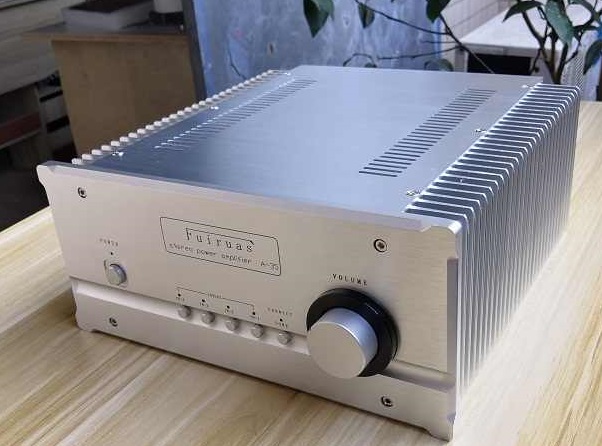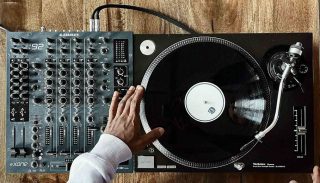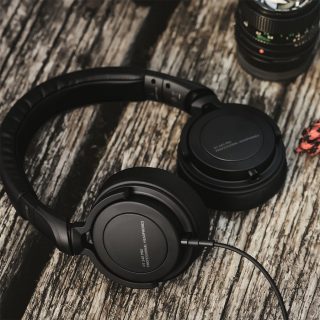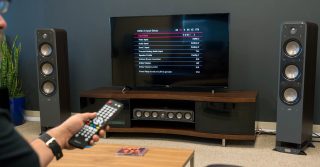
The amplifier is the heart of your HIFI system. It receives and processes the signal from a source and amplifies it to power the speakers.
For an audiophile and evolving stereo system, the amplification can be composed of separate elements. The separation into an integrated amp and a power amp happened even when there were tube amplifiers because of the huge heating of the devices since even the best stereo amp could not withstand such high temperatures.
The stereo preamp allows you to connect the sources and control the volume. The power amp, on the other hand, adds power to the signal to power the speakers. But are they interchangeable?
Difference between a power amp and integrated
A power amplifier differs from a traditional stereo amplifier (integrated amplifier) due to the absence of the preamplification section. A power amp therefore only adds power to the electrical signal received and does not change the sound (this is the role of the preamp). There are mono or stereo Hi-Fi power amplifiers and others dedicated to home cinema.
The amp + pre-amp solution provides better ergonomics (higher number of inputs and settings) and above all more energetic and more precise listening than an equivalent integrated solution.
How to connect it
It is possible to connect the built-in amplifier as a power amplifier.
Next, let’s see how this can be done by calling our main amplifier “Amp”, and the additional “Preamp”.
All it depends a bit on the outputs offered by the two amps and the functions that you want.
If it is simply a matter of obtaining additional inputs, the most universal solution is to use the “RECORD” output of the “Preamp” amplifier and to connect it to a high-level input of the “Amp” like “AUX, CD, TUNER”.
If it is a question of processing functions of its type DSP specific to the preamp, it must have a “Preamp” output which is connected to a high-level input of the “Amp” or better if the latter has one, at the entrance directly attacking its power section.
In the first case it is a bit odd because the sound level can be managed via two volume buttons. In the second case, we really find ourselves in a preamp amp config but that also means that the preamp section of the second amp is no longer usable.
The sources are connected to the “preamp” amplifier, the speakers to the amplifier.
What you should not do.
- Connect the two amps to the same pair of speakers even if you are sure that the two amps will never be turned on at the same time.
- Connect a high-level preamp output like “REC OUT” directly to the input of the power section of the amplifier. In this case we no longer go through the volume button on the preamp. This practically amounts to setting the volume to the maximum.




